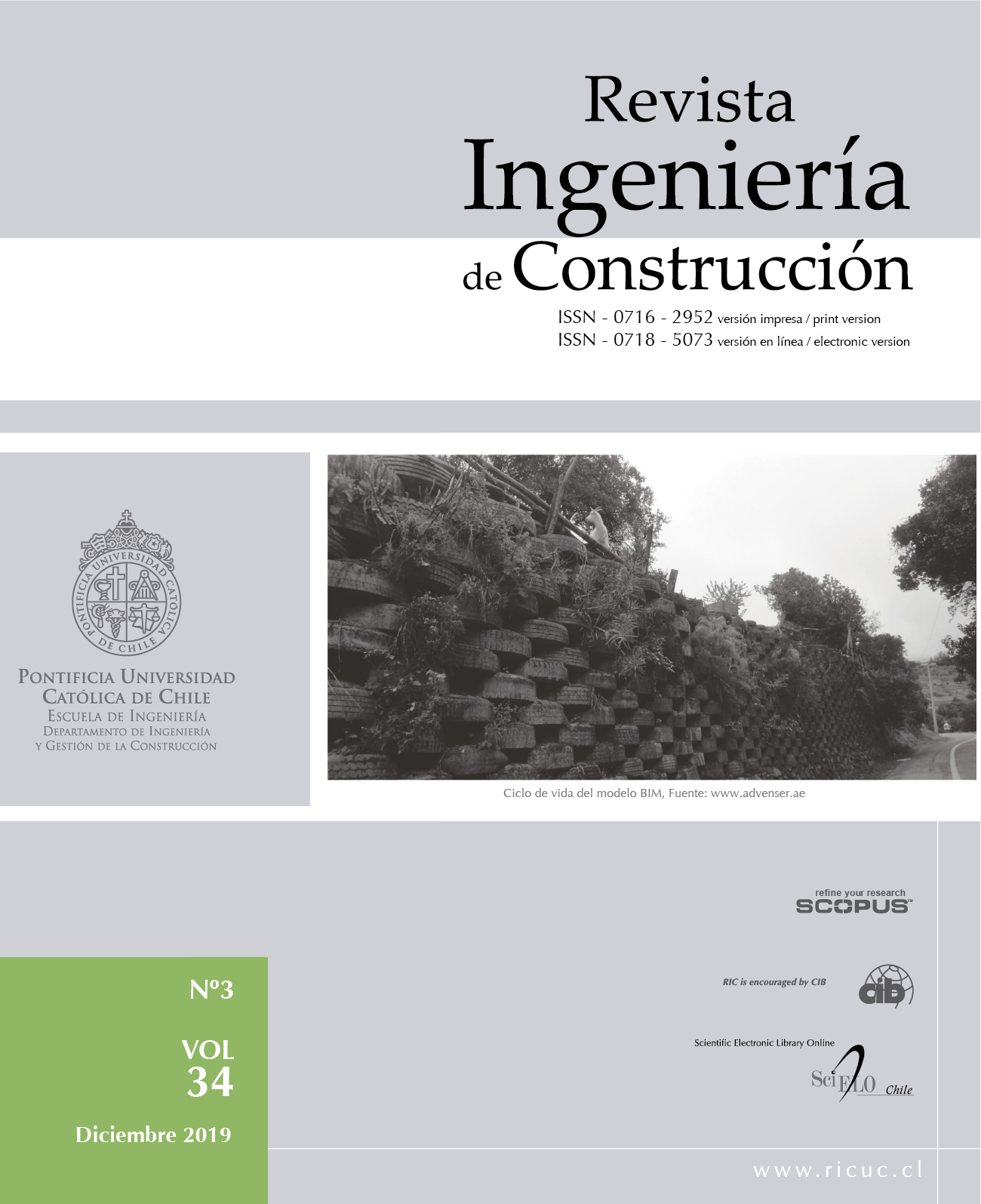Challenges for a definition of Nearly Zero Energy Buildings
DOI:
https://doi.org/10.4067/S0718-50732019000300321Keywords:
Nearly-zero energy buildings, energy efficiency, renewable energy sources, environmental performance of buildings, sustainable architecturegAbstract
The concept of ‘nearly zero energy buildings’ (nZEB) could represent a more sustainable aspiration within construction policies, although it has been a little analyzed approach in the Latin-American context. Currently there are different approaches in the world to determine the appropriate requirements and methodologies to define buildings as nZEB. The present work is based on an analysis of the main common variables defined in the international literature to establish this classification such as the buildings passive design, the energy balance methodology and the indicators of renewable energy. It is defined and it is discussed the five main challenges for Cuba, analyzed country as a study case, if a similar energy efficiency directive is implemented in buildings, based on a comparison between the European experience in energy efficiency and the national situation. The presented discussion about the challenge of establishing a suitable national directive according the regional features is useful for analyzing the Latin-American region.


